GUEST BLOGGER MÉLINA MANGAL
Students will use their senses to observe and determine which beans are fresh, and which are canned or frozen. They will record their findings and observational details. Then, they will write concrete poetry based on their findings.
Many kids do not eat vegetables regularly, or even understand where they come from. Jayden’s Secret Ingredient shows young readers ways to try something new, and includes a variety of recipes from Jayden’s neighbors, enticing even the pickiest eater to try green beans a different way.
Combining scientific observations with concrete poetry heightens students awareness of the world around them, and strengthens their powers of observation.
Preparation
Jayden’s Secret Ingredient is the sequel to Jayden’s Impossible Garden, and is about Jayden, a young nature lover who created a community garden with his neighbor friend, Mr. Curtis. When Jayden is challenged to try something new, he is worried about not liking it, but also disappointing his friend. What will he do?
Readers will become acquainted with scarlet runner beans and how they grow. Though some students may think that such plants are only flowers, through Jayden, they will see that the flowers develop into green bean pods.
Read Jayden’s Secret Ingredient for background information, including “A Note from the Author” and the “Beautiful Beans” sections at the end of the book.
Before reading the story to the students, ask them:
- What do you imagine Scarlet Runner Beans taste like?
- How do you think they grow?
- What are some ways that you and your family eat green beans
Read about scarlet runner beans
Read Jayden’s Secret Ingredient to students, asking them to pay particular attention to what Jayden observes about the runner vines, and what he learns from Mr. Curtis.
After the read-aloud, ask students:
- What did Jayden learn about the scarlet runner flowers?
- Describe the scarlet runner bean plant, in detail.
- How did Jayden’s neighbors influence Jayden?
- What are ways that we can try vegetables we may not have liked in the past?
Brainstorm a list of vocabulary words, such as texture, bitter, colors, etc. that might come to mind when using all four senses to describe a fruit or vegetable.
Activity 1: Testing the senses
Materials
- Hand sanitizer (if sink with soap not readily accessible for hand washing)
- Canned green beans
- Fresh green beans
- Frozen green beans, thawed
- Plates or clean trays for assembling beans (If using paper plates, make sure to use compostable ones)
- Paper towels or napkins for individual student samples
- Marker for labeling plates
- Observation chart (download pdf)
- Note: Other vining fruits and vegetables could be tested in addition, or instead of green beans. For example: squash or snow pea pods (sugar snap peas) can easily be found fresh or frozen as well.
Directions
Check first to make sure no students have allergies to green beans, or to other vegetables they may test.
Arrange green beans (or other fruit or vegetable) on a plate labeled “Sample 1” for canned, “Sample 2” for fresh, and “Sample 3” for frozen. Make sure to label the underside of the plate as well, so you don’t forget!
Have students thoroughly clean hands.
Have each student take one sample at a time and place on paper napkin, or small paper plate (compostable).

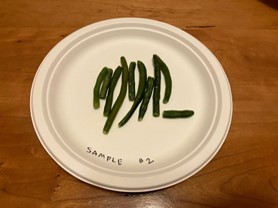
Using the Observation Chart, the student will use one sense at a time, and note their observations on the chart.
They will repeat this test for all 2 or 3 samples (Fresh, Frozen, Canned or simply Fresh and Canned.)
After completing the 4 Senses testing, discuss the results with students. Tally how many students were able to accurately determine which beans were fresh and which were frozen or canned. How could they tell? Have them record on their sheet any additional descriptors or vocabulary words they learn through the class discussion.
Next, students will use their Observation Chart words to write concrete poetry.
Activity 2: Concrete poetry
- Paper for drawing and writing, or writing journals
- Pencil or pen for writing
- Crayons or markers for coloring
Directions
Have students write a concrete or shape poem.
- Draw an outline of the fruit or vegetable.
- Use words from the Observation Chart. Write down all the words that come to mind when thinking about that fruit or vegetable.
- Write the best words in the outline.
- Color in if you’d like.
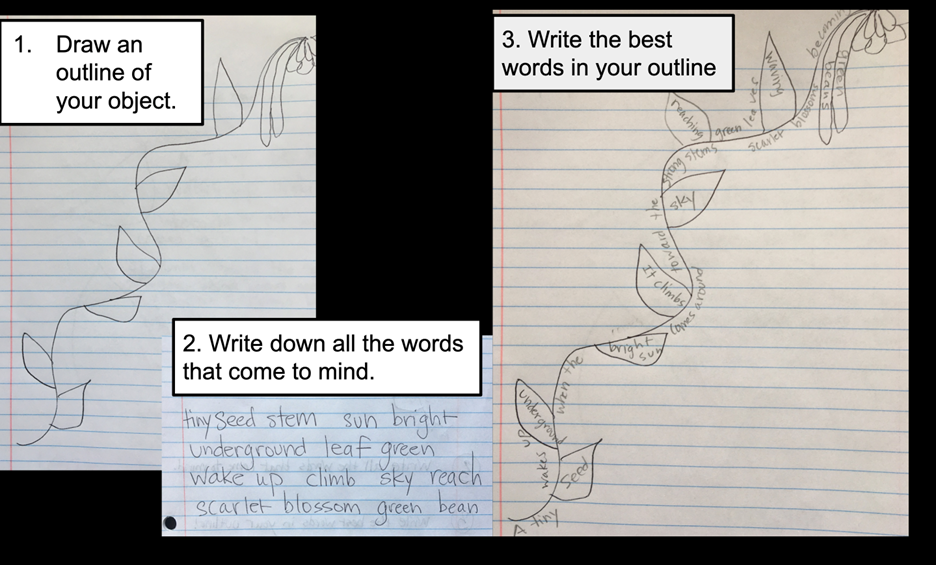
Enjoy your Fresh Poem!
Next Generation Science Standards Alignment
- K-LS1-1
- 2-LS4-1
Common Core Standards Alignment
- CCSS.ELA-LITERACY.CCRA.R.7
- CCSS.ELA-LITERACY.SL3.5
Featured image credit: “Ben eats some string beans” by cambodia4kidsorg is licensed under CC BY 2.0.
Mélina Mangal writes picture books, biographies, and short stories that focus on connections with nature and culture. She is the author of The Vast Wonder of the World: Biologist Ernest Everett Just, winner of the Carter G. Woodson Award, Jayden’s Impossible Garden, named One of the Best Children’s Books of the Year by Bank Street Center for Children’s Literature, and the sequel, Jayden’s Secret Ingredient. Her latest YA short story appears in Boundless: Twenty Voices Celebrating Multicultural and Multiracial Identities. Mélina also works as a school library media teacher in Minneapolis, spreading book love daily.
How to connect with Mélina:


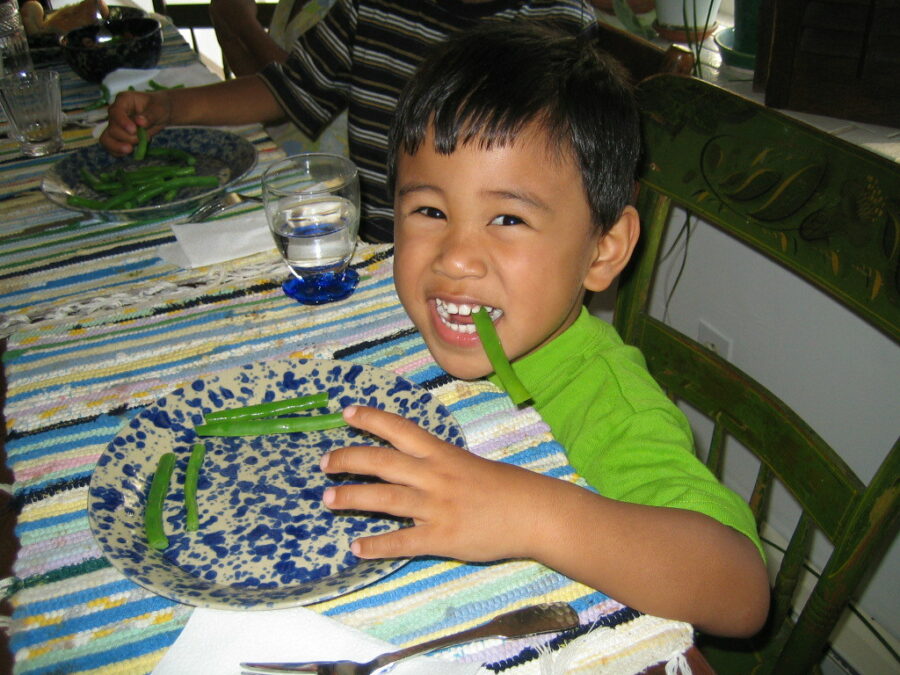



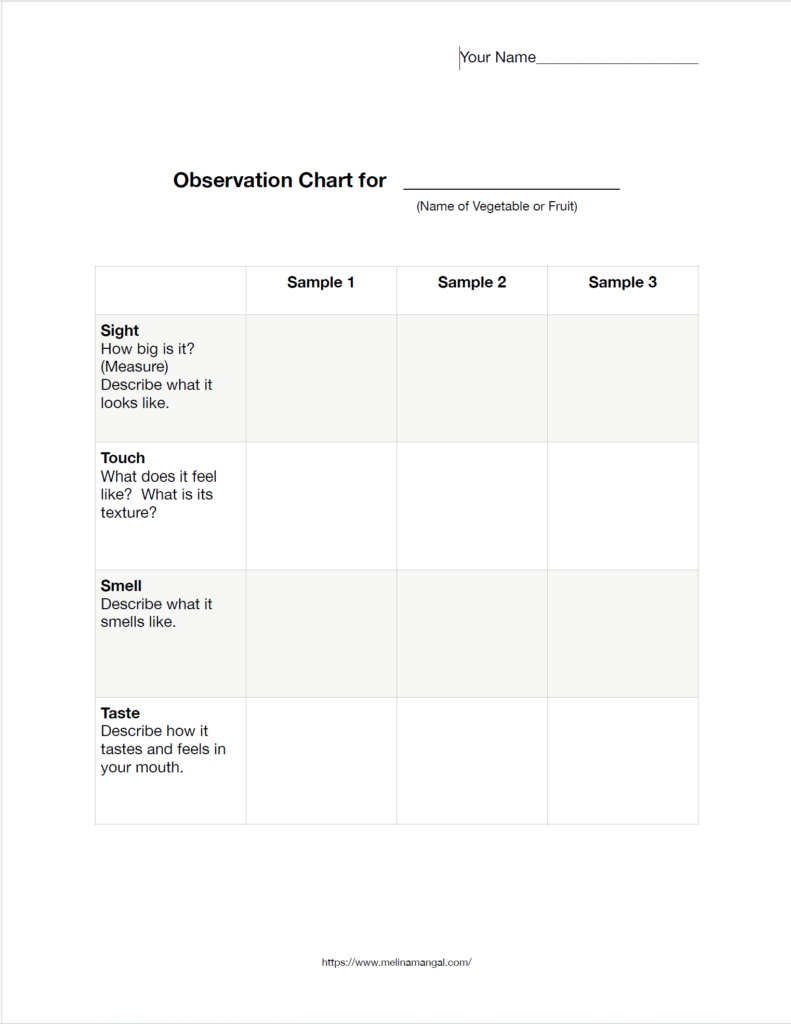

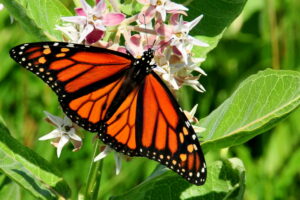
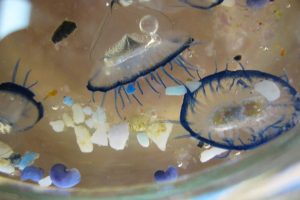
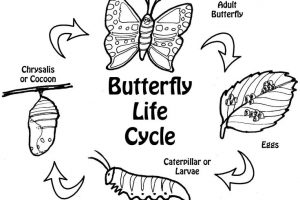


Leave a Reply
Your email is safe with me.